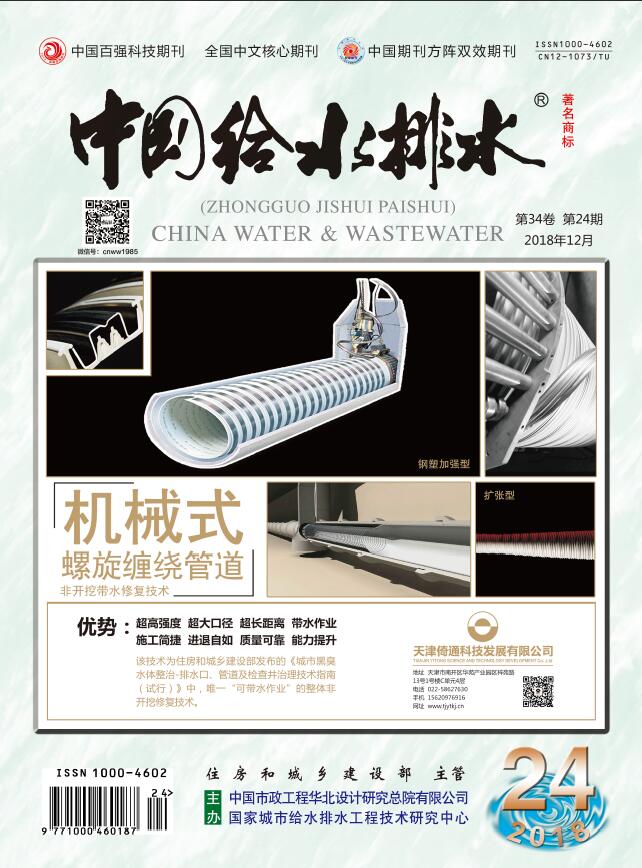WANGXue-jian,WANGYan,JIShi-ming,et al.Modified Zeolite-immobilized Microalgae for Nitrogen Removal from Fishpond Wastewater[J].China Water & Wastewater,2025,41(7):95-101.
Modified Zeolite-immobilized Microalgae for Nitrogen Removal from Fishpond Wastewater
China Water & Wastewater[ISSN:1000-4062/CN:12-1073/TU]
volume:
第41卷
Number:
第7期
Page:
95-101
Column:
Date of publication:
2025-04-01
- Keywords:
- fishpond wastewater; low carbon to nitrogen ratio (C/N); biozeolite; chitosan; Chlorella; nitrogen removal
- Abstract:
- To address the challenge of efficiently removing nitrogen from fishpond wastewater with a low carbon to nitrogen (C/N) ratio, chitosan-Na type double modified porous activated zeolite (Na-Zeo@CS) was prepared as an attached growth material for Chlorella. The adsorption and sedimentation efficiencies of natural clinoptilolite, chitosan, and Na-Zeo@CS on Chlorella were compared. Additionally, the performance of Na-Zeo@CS loaded with Chlorella in degrading nitrogen?containing pollutants was investigated. The prepared Na-Zeo@CS demonstrated excellent adsorption and sedimentation performance for algal cells when the dosage was 4.0 g/L, the pH range was 5 to 7, and the initial algal density was between 0.2 g/L and 0.6 g/L. After 72 hours, the removal efficiencies of NH4+-N and NO3--N by Na-Zeo@CS loaded with Chlorella were 83.81% and 45.02%, respectively. Chlorella facilitated biological regeneration through the desorption of NH4+-N from Na-Zeo@CS. The adsorption capacity of the regenerated Na-Zeo@CS for NH4+-N was restored to 86.45% of its original capacity prior to regeneration. The products were characterized using scanning electron microscopy (SEM). Observations revealed a significant number of Chlorella adhered to the surface of Na-Zeo@CS. Analysis indicated that the adsorption mechanism involved electrostatic attraction and net flocculation, which reduced the surface charge of the algal cells, leading to destabilization and subsequent settling.
Last Update:
2025-04-01

